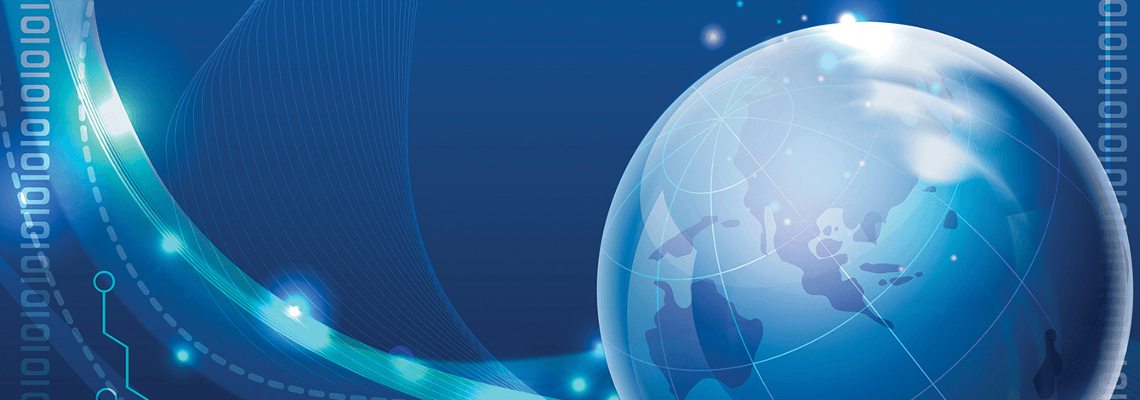2023 Domestic MC Shipments Increase 4%
JAPAN REPORT
Domestic motorcycle shipments increased for the first time in two years to 376,720 units in 2023, up 4% from the previous year. Class 2 mopeds, which have relatively low maintenance costs, performed well, increasing 47% year-on-year. The shortage of semiconductors and the easing of logistics disruptions also contributed to the increase in shipments.
Class 1 mopeds (50cc and below) fell by 29% to 92,824 units. Class 2 mopeds (over 50cc and under 125cc) were up 47% to 149,655 units, light motorcycles (over 125cc and under 250cc) were up 16% to 66,630 units and small motorcycles (over 250cc) were down 6% to 67,611 units.





